Table of Contents
What is Ancho Chile Paste?
Ancho chile paste is a versatile Mexican ingredient made from dried poblano peppers. It has a mild heat level of 1,000-1,500 Scoville Heat Units (SHU), with sweet, smoky, and fruity flavors. Unlike hotter chiles like jalapeños or habaneros, ancho chile paste offers gentle heat that enhances dishes without overwhelming them. This guide covers everything you need to know: what it is, how to use it in recipes, storage tips, and how to choose the best brand for authentic Mexican dishes.
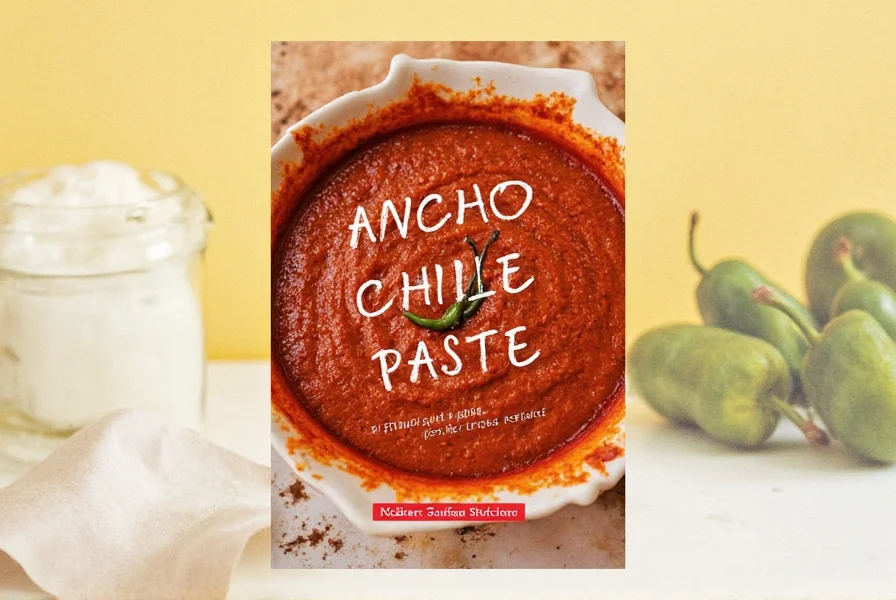
Practical Uses for Ancho Chile Paste
Here are actionable ways to use ancho chile paste in everyday cooking:
- For Mole Sauces: Add 1-2 teaspoons to mole poblano for authentic smoky depth. It's a key ingredient in traditional Mexican mole recipes.
- Marinades for Meat: Mix 1 tablespoon with lime juice, garlic, and olive oil for chicken, pork, or beef. Let marinate for 30 minutes before grilling.
- Vegetable Enhancement: Stir 1 teaspoon into roasted sweet potatoes or carrots for a sweet-smoky twist.
- Quick Salsa Base: Blend 2 tablespoons with tomatoes, onion, cilantro, and lime juice for a restaurant-style salsa in under 5 minutes.
- Soup and Stew Booster: Add 1 teaspoon to chili, tomato soup, or beef stew for rich complexity without extra heat.
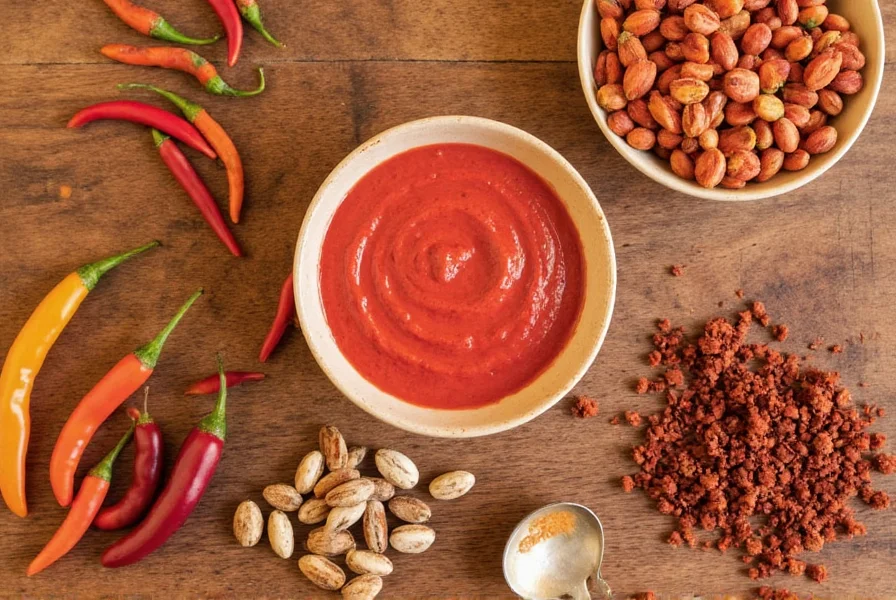
Deep Dive: History and Characteristics
Before diving into uses, understand ancho chiles' origins. The term "ancho" means "wide" in Spanish, referring to the broad, heart-shaped form of dried poblano peppers. These chiles are sun-dried after harvesting, then rehydrated and blended into paste. According to the USDA Food Database, ancho chiles have a Scoville rating of 1,000-1,500 SHU, making them milder than jalapeños (2,500-8,000 SHU) but with more complex flavor notes.
Historically, ancho chiles have been used in Mexican cuisine since the Aztec era. They're prized for their balance of sweetness and smokiness, which comes from the drying process. Unlike fresh poblanos, dried ancho chiles develop deeper, fruitier notes reminiscent of raisins or dried cherries. This makes them ideal for sauces where heat isn't the focus but rich flavor is essential.
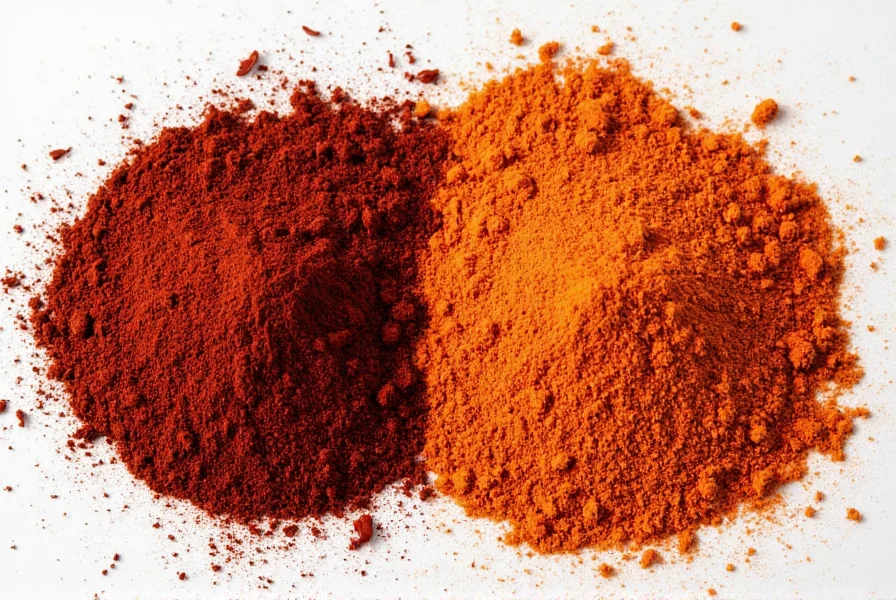
Frequently Asked Questions
What is the difference between ancho chile powder and ancho chile paste?
Ancho chile powder is made by grinding dried ancho chiles into fine powder, while paste is created by rehydrating and blending them into a smooth, spreadable consistency. Paste has 3x more concentrated flavor and is ready to use without preparation. Powder requires mixing with liquid to activate flavors, making paste more convenient for quick recipes.
How spicy is ancho chile paste?
Ancho chile paste has a mild heat level of 1,000-1,500 Scoville Heat Units (SHU), according to USDA Food Database standards. This is significantly milder than jalapeños (2,500-8,000 SHU) and far less intense than habaneros (100,000-350,000 SHU). Its heat is balanced with sweet, fruity notes and subtle smokiness, making it approachable for most palates.
Can I make ancho chile paste at home?
Yes! Remove stems and seeds from 5-6 dried ancho chiles, toast lightly, then soak in hot water for 20 minutes. Blend with 1/4 cup soaking liquid until smooth. For extra flavor, add 1 garlic clove or pinch of cumin. Store in an airtight container in the refrigerator for up to 2 weeks. Homemade paste costs 40% less than store-bought versions.
What dishes work best with ancho chile paste?
Ancho chile paste shines in Mexican and Southwestern dishes: mole sauces (especially mole poblano), enchilada fillings, taco seasonings, and chili. It also elevates everyday foods like roasted vegetables, egg dishes, salad dressings, and even sandwich spreads. For fusion cuisine, try adding 1 teaspoon to tomato-based pasta sauces for smoky depth.
How should I store ancho chile paste?
Unopened commercial paste stores in a cool, dark place for 12-18 months. Once opened, refrigerate in an airtight container for up to 2 weeks. For longer storage, freeze in ice cube trays (1 tablespoon per cube), then transfer frozen cubes to a freezer bag for up to 6 months. Always use clean utensils to avoid contamination.
What should I look for when buying ancho chile paste?
Check for: 1) Ingredients list (should only contain ancho chiles, water, and minimal salt), 2) No artificial preservatives or additives, 3) Smooth texture without grit, 4) Brand reputation (e.g., La Costeña, El Yucateco), 5) Clear Scoville rating (1,000-1,500 SHU). Avoid products with vinegar or sugar as primary ingredients.
Buying Guide: How to Choose the Best Ancho Chile Paste
With so many options, follow these expert tips to select quality ancho chile paste:
| Product Name | Key Features | Advantages | Best For | Price Range | Where to Buy |
|---|---|---|---|---|---|
| La Costeña Ancho Chile Paste | Smooth texture, no preservatives, 1,200 SHU | Authentic Mexican flavor, widely available | Traditional mole sauces, tacos | $2.99-$4.99 | Supermarkets, Amazon |
| Chili Crisp Ancho Chile Paste | Rich smoke flavor, no added sugar | Great for bold, complex dishes | Braising meats, stews | $5.99-$7.99 | Specialty food stores, online |
| El Yucateco Ancho Chile Paste | Traditional Mexican brand, 1,100 SHU | Highly authentic and flavorful | Enchiladas, soups, marinades | $3.49-$5.49 | Latin grocery stores, Walmart |
| Spice Islands Ancho Chile Paste | USDA-certified organic, no additives | Perfect for health-conscious cooks | Salad dressings, roasted vegetables | $4.29-$6.29 | Whole Foods, Target |
Storage and Shelf Life
Proper storage ensures maximum flavor retention:
- Unopened Containers: Store in a cool, dark pantry away from sunlight. Most brands last 12-18 months unopened.
- Opened Containers: Refrigerate immediately in an airtight container. Use within 2 weeks for best quality.
- Freezing Method: Freeze in 1-tablespoon portions using ice cube trays. Transfer frozen cubes to freezer bags for up to 6 months. Thaw at room temperature before use.
- Signs of Spoilage: Discard if you notice mold, sour smell, or separation with watery liquid. High-quality paste should remain smooth and consistent.
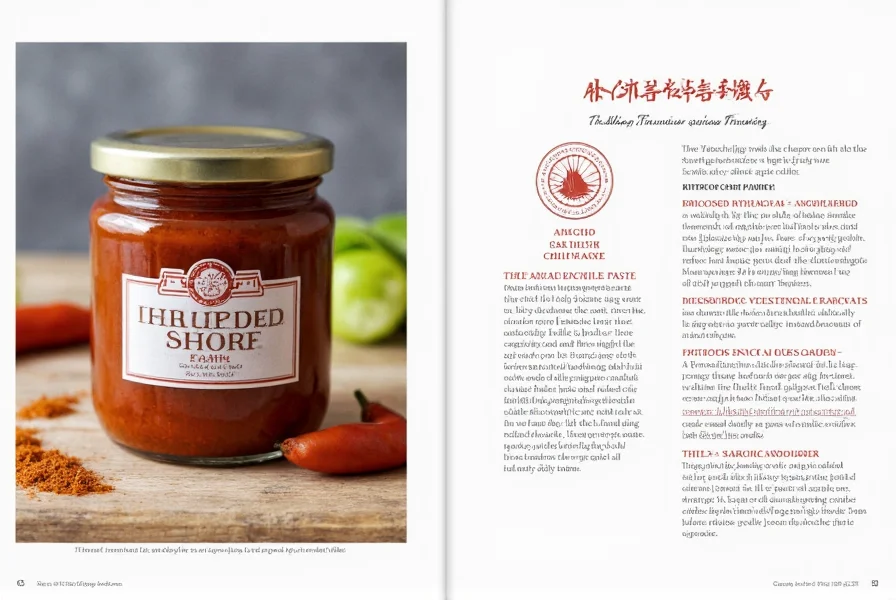
Conclusion
Ancho chile paste is a flavor powerhouse that elevates dishes with its mild heat and smoky sweetness. By understanding its characteristics, proper storage, and best uses, you can confidently incorporate it into both traditional Mexican recipes and everyday cooking. Whether you're making mole sauce, marinating meat, or enhancing roasted vegetables, this versatile ingredient delivers restaurant-quality results at home.
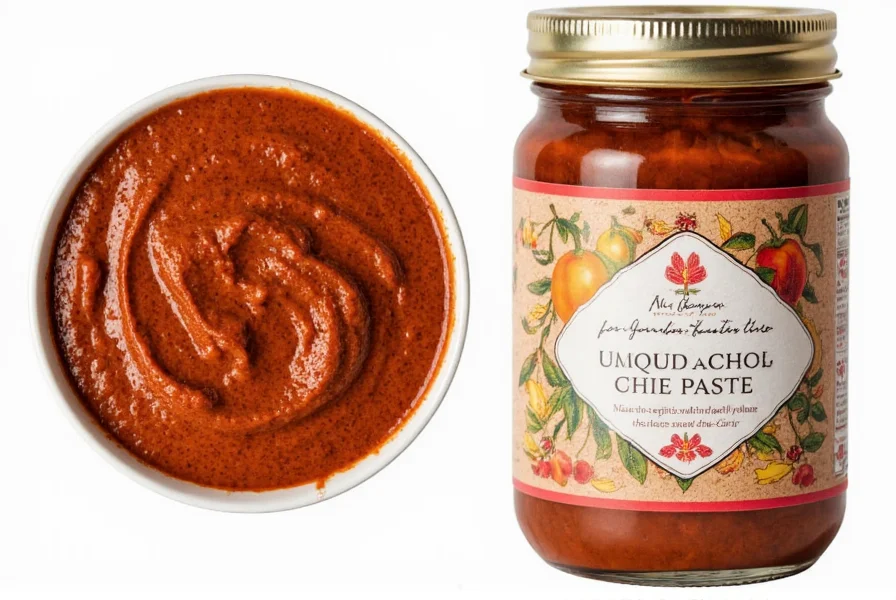










 浙公网安备
33010002000092号
浙公网安备
33010002000092号 浙B2-20120091-4
浙B2-20120091-4